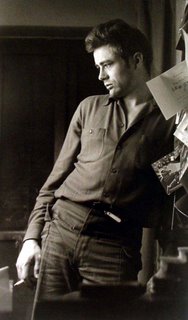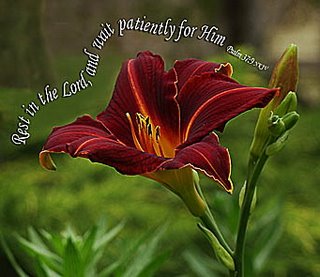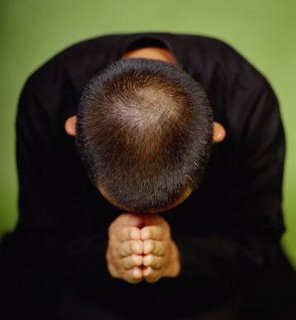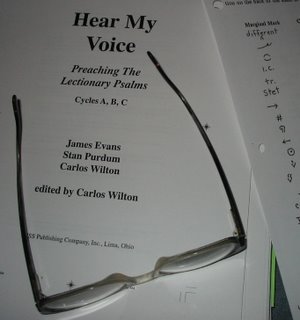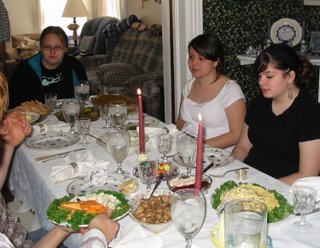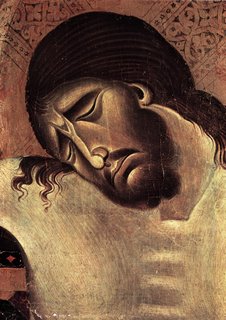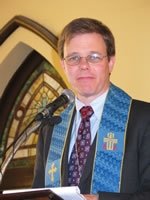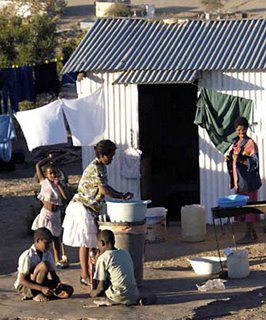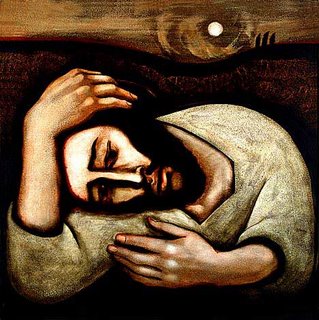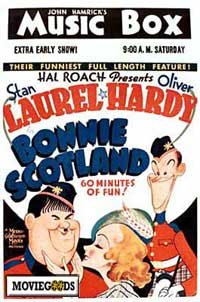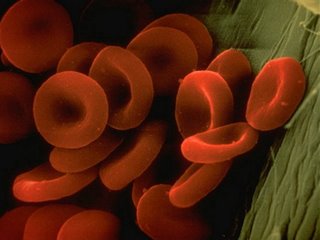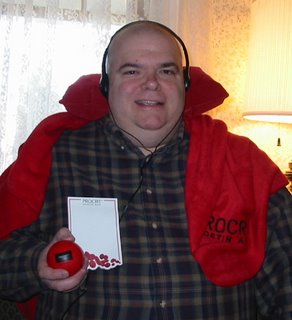 A full day today – two worship services, followed by our annual Celebration of Companion Animals (what some churches call “Blessing of the Animals”), then the Lymphomathon fund-raising walk, benefitting the Lymphoma Research Foundation.
A full day today – two worship services, followed by our annual Celebration of Companion Animals (what some churches call “Blessing of the Animals”), then the Lymphomathon fund-raising walk, benefitting the Lymphoma Research Foundation.As Claire, Ania and I arrive at the G. Harold Antrim Elementary School for the Lymphomathon, our first reaction is, “Where did all these people come from?” It’s gratifying to see so many walkers who have given their time to be here. Dana and Tom, the organizers of this event, have done a wonderful job of getting the word out. The turnout is very good indeed. Some walkers are church members, others are kids from the school, and there are a fair number of people from the larger community as well.
 As we all line up to start the walk, Claire, Ania and I take our place at the front (I guess that makes me the grand marshal or something). I walk with the crowd for one turn around the track, then take a seat in the bleachers and concentrate on taking pictures. Claire and Ania finish the whole 12 laps, as do most of the walkers (though no one’s really keeping strict score).
As we all line up to start the walk, Claire, Ania and I take our place at the front (I guess that makes me the grand marshal or something). I walk with the crowd for one turn around the track, then take a seat in the bleachers and concentrate on taking pictures. Claire and Ania finish the whole 12 laps, as do most of the walkers (though no one’s really keeping strict score).It’s a lighthearted, party atmosphere. The evening is bright but cool, spirits are high, and there’s an upbeat feel to the festivities. There’s a good range of ages – everybody from young kids to retired people, though older kids and teenagers form the nucleus.
 I meet Nancy, president of the Central Jersey chapter of the Lymphoma Research Foundation, and her husband, who have driven over an hour to be here tonight. They’re planning a much larger walk near Trenton in about a week, and our local event is considered an offshoot of that one. Nancy’s a lymphoma survivor herself, who’s doing well about four years after completing her treatments. It’s good to talk with her and compare notes about our experiences.
I meet Nancy, president of the Central Jersey chapter of the Lymphoma Research Foundation, and her husband, who have driven over an hour to be here tonight. They’re planning a much larger walk near Trenton in about a week, and our local event is considered an offshoot of that one. Nancy’s a lymphoma survivor herself, who’s doing well about four years after completing her treatments. It’s good to talk with her and compare notes about our experiences.We had envisioned this to be a nighttime event, but by the time it really gets dark, most walkers are already finished. We didn’t want to start it any later on a school night, but that means only the stragglers appreciate the full effect of the luminaria Dana and her helpers have carefully arrayed on the visitors’ bleachers. They’re in a pattern spelling out the word “HOPE.”
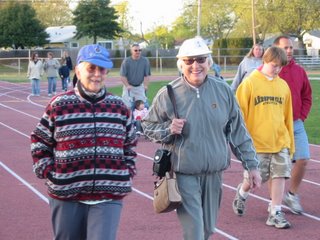 As we’re packing things up afterwards, Dana tells me we raised over $2,800 tonight, and that some more gifts will be coming in over the next few days. That should easily put us over $3,000 – not bad at all for a small, local event that was pulled together on short notice, with minimal publicity.
As we’re packing things up afterwards, Dana tells me we raised over $2,800 tonight, and that some more gifts will be coming in over the next few days. That should easily put us over $3,000 – not bad at all for a small, local event that was pulled together on short notice, with minimal publicity.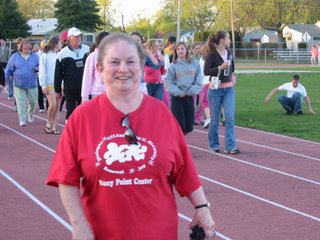 “Hope” is the right word. It makes me hopeful that so many people care enough – not only about me, but also about others whose lives cancer has touched – to come out and walk. I’m very aware that recent research developments are responsible for Rituxan – the drug that’s making such a difference in my treatment – as well as other revolutionary treatments like stem-cell replacement and the new vaccine therapies, which I may need someday. Fund-raisers like this one make future research breakthroughs possible.
“Hope” is the right word. It makes me hopeful that so many people care enough – not only about me, but also about others whose lives cancer has touched – to come out and walk. I’m very aware that recent research developments are responsible for Rituxan – the drug that’s making such a difference in my treatment – as well as other revolutionary treatments like stem-cell replacement and the new vaccine therapies, which I may need someday. Fund-raisers like this one make future research breakthroughs possible.Thank you to everyone who helped – either by walking or by contributing!







